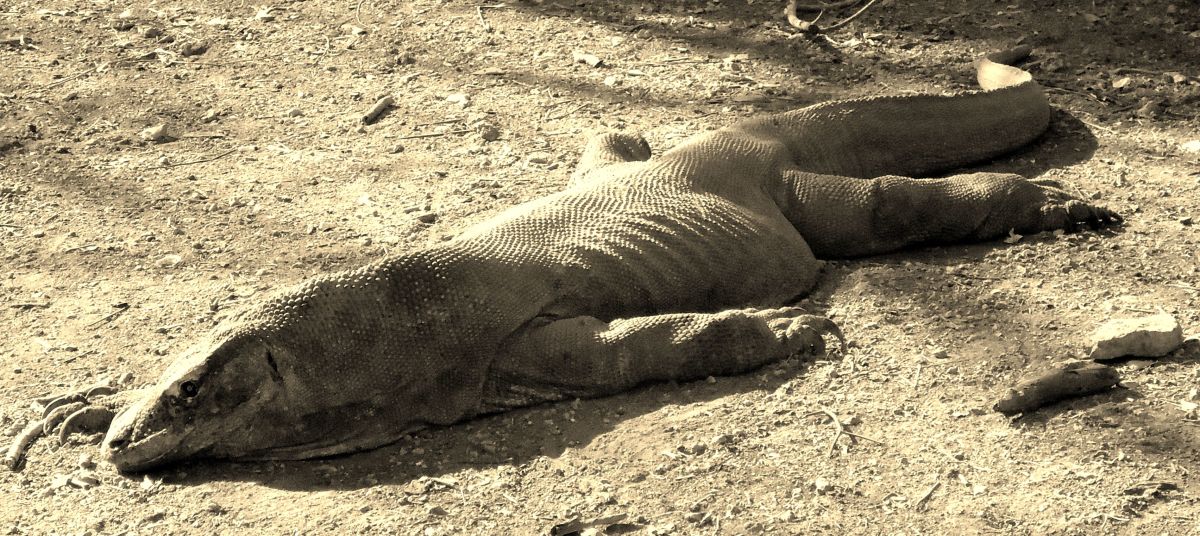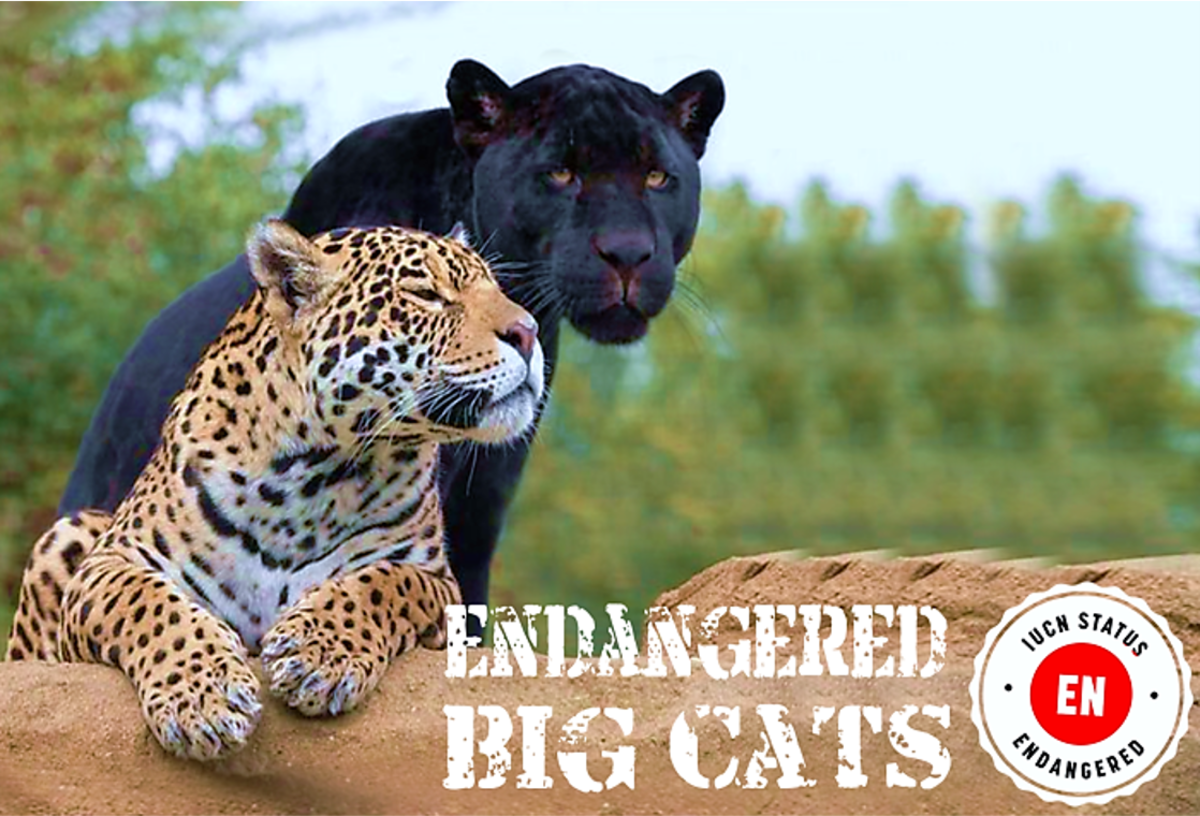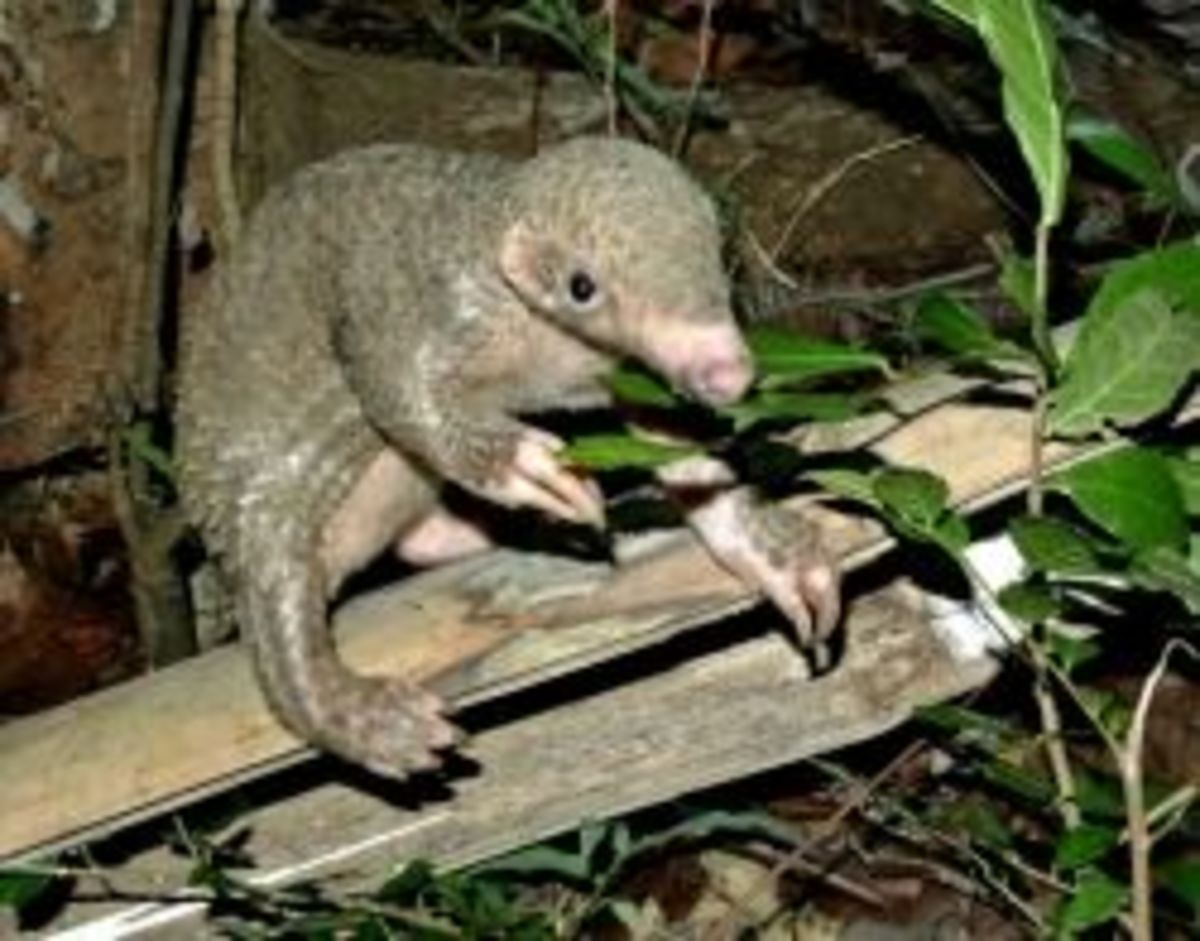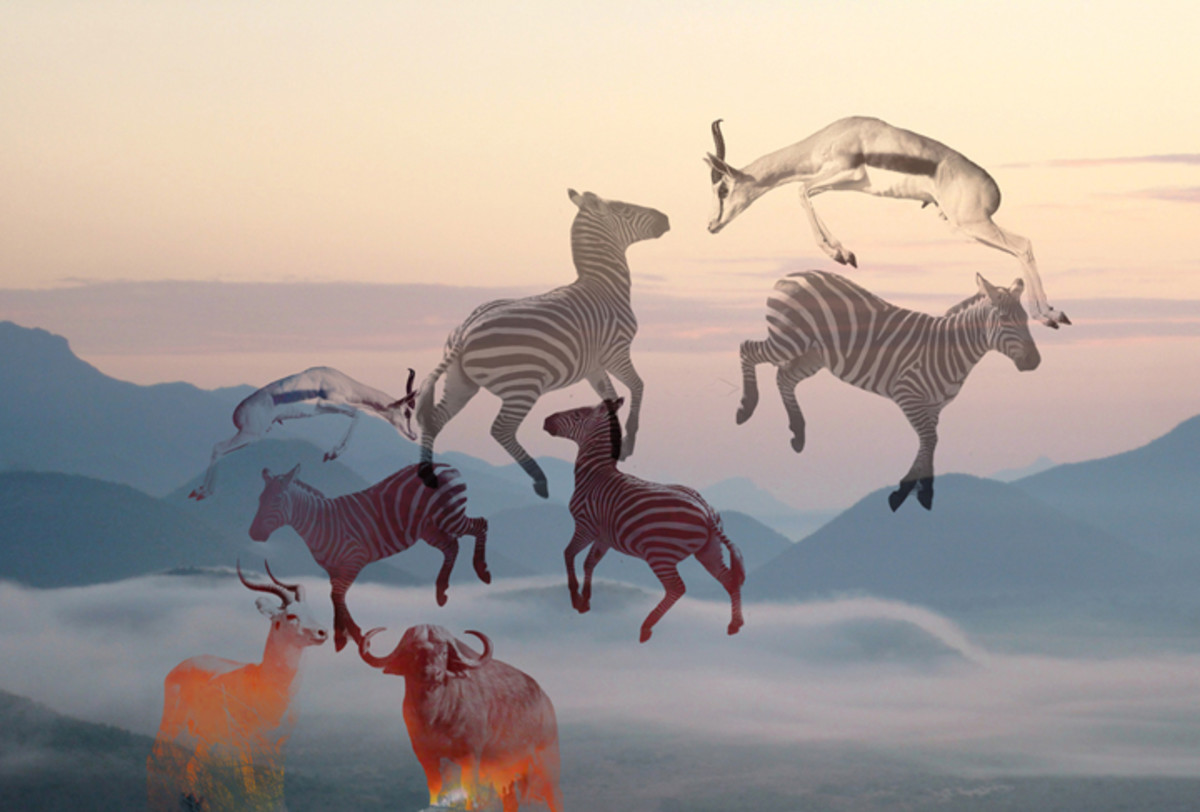The Pangolin: The Most Endangered and Overlooked Mammal Who Needs Our Help!
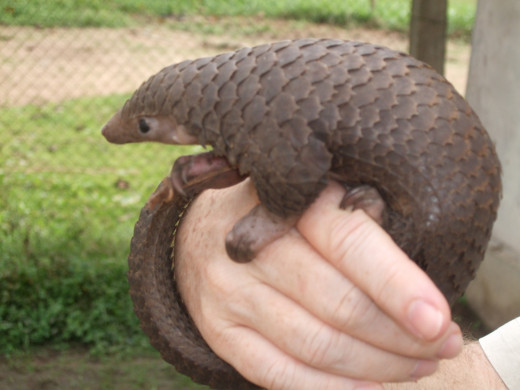
What is a Pangolin and Their Role in the Ecosystem?
Pangolins, also known as "scaly anteaters,” are nocturnal mammals native to southern Asia and Africa. The word “pangolin” is Malayan for “rolling over” or “roller” and the name was given to this animal due to its habit of rolling up in a ball when feeling threatened. Except for their undersides and the sides of their face, pangolins are covered in overlapping scales made from keratin. What distinguishes the Asian pangolin from the African is that the Asian have bristles that emerge from between their scales. As some species dig deep burrows for sleeping and nesting, their scales, like human finger nails, get filed down then grow back regularly. These burrows have been known to contain circular chambers that are large enough for humans to crawl through and stand. Some species, such as the Malayan pangolin, sleep in the hollows of trees and logs. Their estimated weight can range between four to seventy-two pounds.
There are eight different species; four species African and four Asian:
The African pangolins include:
•Cape / Temminck’s
•Tree / African white-bellied
•Giant ground pangolin
•Long-tailed / black-bellied
The Asian pangolins include:
•Indian / thick-tailed
•Chinese / Formosan
•Malayan / Sunda
•Palawan / Philippine
Their diet plays an important role within the ecosystem. The diet of the Pangolin consists primarily of ants and termites which, it is believed, they supplement with various other invertebrates including bee larvae, flies, earthworms, and crickets. It is estimated that one adult pangolin can consume over seventy-million insects annually, making these mammals crucial to pest control. They locate insects by utilizing their well-developed sense of smell, digging through mounds, fallen logs and stumps in search of ant and termite nests and capturing the insects with an unusually long and sticky tongue that can extend up to ten-inches long. It is estimated that they can live up to twenty years in captivity but it is not clear as to how long they live in the wild.
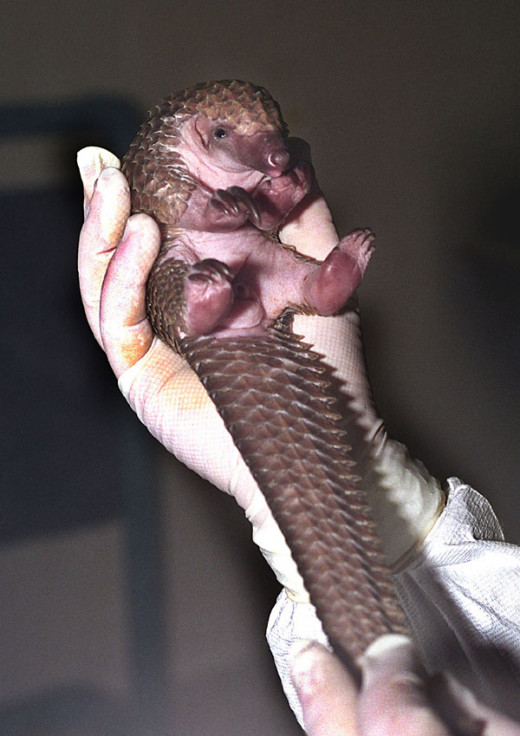
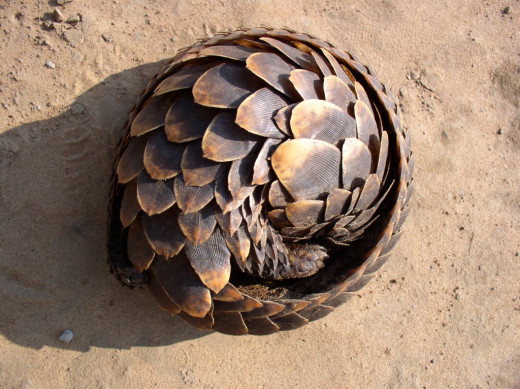
The Threat
The Convention on the International Trade in Endangered Species of Wild Fauna and Flora (CITES) has listed three species of pangolin under Appendix II of endangered mammals and the International Union for Conservation of Nature (IUCN) has listed six species as endangered/near threatened. In 2013, through CITES, the Vietnamese government passed a law banning any sale, possession and use of pangolins whether alive or dead, bumping them to the highest category of legal protection. Despite legal protection, some experts say that pangolins are most likely the most trafficked mammal in the world. It is estimated that they are poached more than 3,000 times faster than rhinos.
Pangolins are believed to be the most illegally trafficked mammal in the world, but few people know that that they exist. They are captured and sold for their scales which are which are boiled off their bodies and used in traditional medicine and accessories; their meat, which is a high-end delicacy in Asia; and for their blood, which is believed to be a healing tonic. More often than not, pangolins are trafficked while alive, being deprived of water and food. One of many examples of this cruelty was reported by Annamiticus, an advocacy group dedicated to ending the exploitation of endangered animals; in 2012 a former policeman was sentenced to only one year in prison for attempting to smuggle eighteen panglolins out of Malaysia by keeping them in the trunk of his car in a plastic bags. (http://annamiticus.com)
According to Annamiticus, in 2013 there were forty-nine reported instances of illegal trade of pangolins across 13 countries with about more than 8,000 pangolins confiscated. As seizures only represent between ten to twenty percent of the actual number that are illegally traded, chances are the actual numbers are closer to between 40,000 to 80,000 that are killed within one year. To make matters worse, opportunities for reproduction are limited as the female pangolin only gestates once per year.
Rehabilitation centers do exist for those that are rescued, but sadly, as capture puts these animals into such distress and they are usually starved and dehydrated while in captivity, many of them die sometimes as soon as one day after their rescue. Although efforts are being made to end the removal of pangolins from the wild, wildlife authorities who rescue live pangolins from illegal traders need assistance on developing the adequate facilities and techniques to care for injured and stressed pangolins and release them back into the wild.
Although little research has gone into learning more about these animals, recently, more attention has been directed toward the pangolin; in fact the IUCN on February 15th hosted a World Pangolin Day. However, the reality is that there is still very little funding and inadequate public and governmental awareness about the trade and the need for protection for these overlooked animals. For example, there are no detailed studies available on the life history, ecology or the population levels of the Sunda pangolin and just as little information about the other various species.
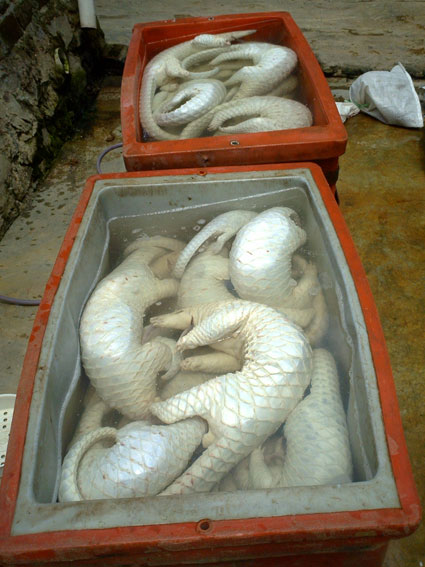
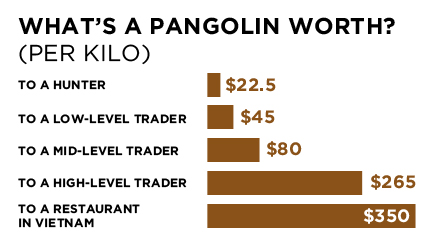
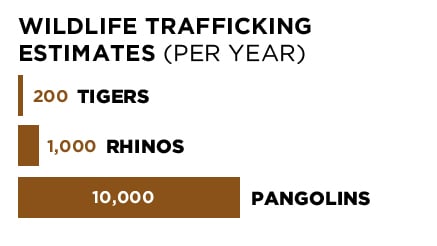
What You Can Do
Anywhere you may find pangolin meat or products, in any form, do not purchase it.
As few know about these mysterious creatures, help spread the word about them to create awareness. Some resources are: IUCN Pangolin Specialist Group (www.pangolinsg.org) a site developed by researchers and conservationists dedicated to learning and teaching more about the pangolin; and Save Pangolins (http://savepangolins.org) which has some great information on what makes the pangolin so unique and ways you can help.
Demand better law enforcement to protect the Pangolin by lending your support to groups such as TRAFFIC (www.traffic.org)
Books by Brenda Thornlow. Free throughout the month of July.
- Books by Brenda Thornlow. Free throughout the month of July.
This is the biography page for Brenda Thornlow.
This content is accurate and true to the best of the author’s knowledge and is not meant to substitute for formal and individualized advice from a qualified professional.
© 2014 Brenda Thornlow


